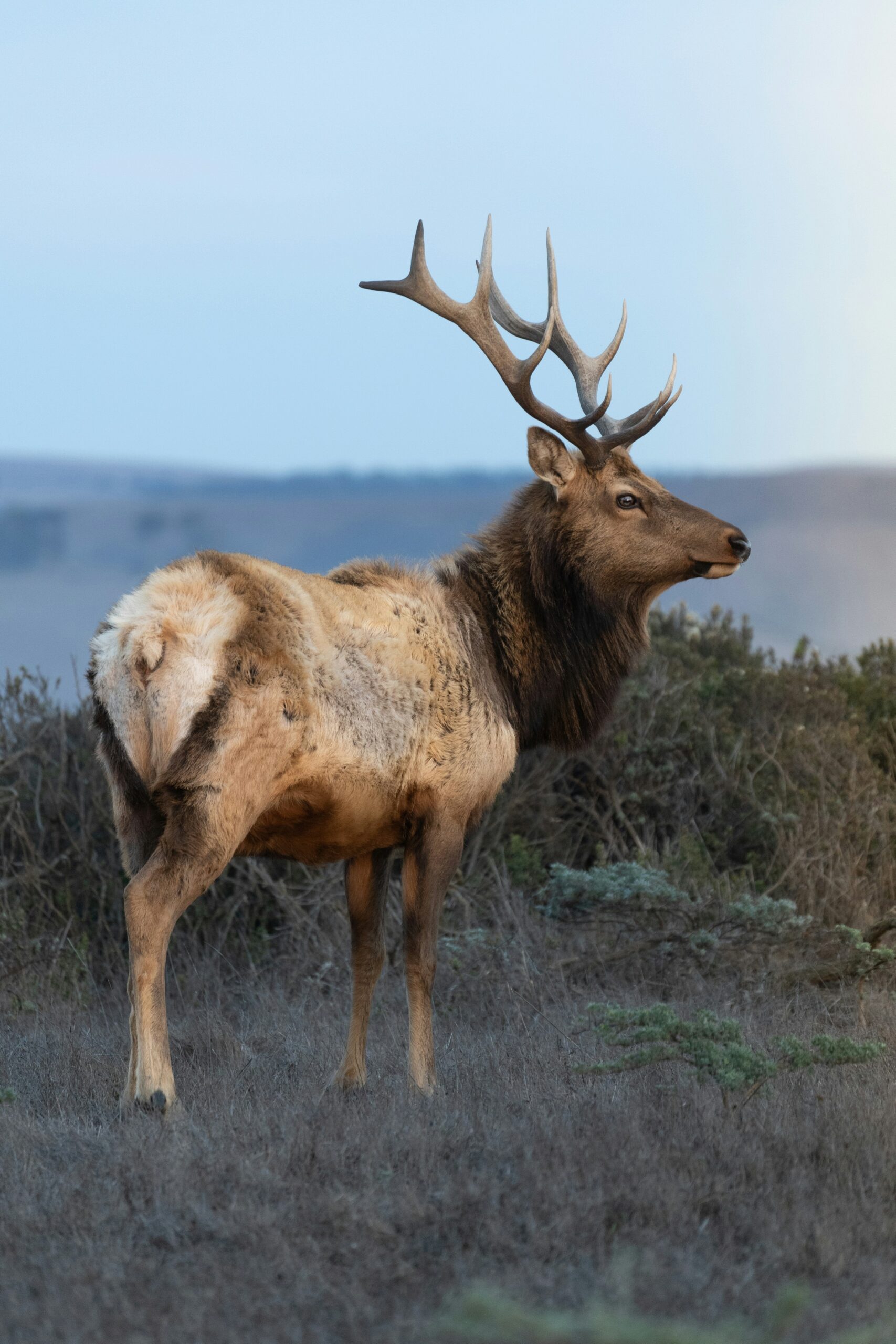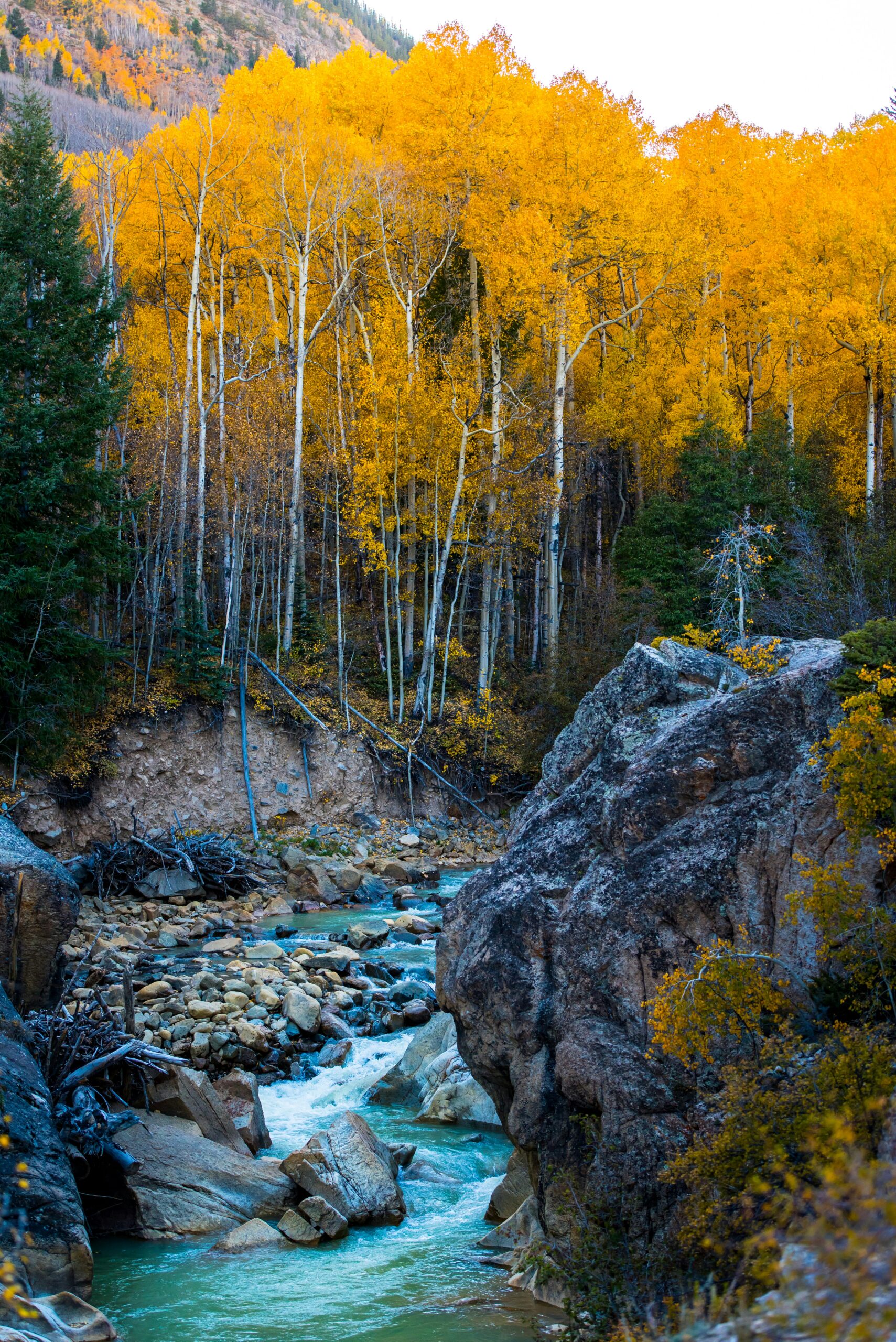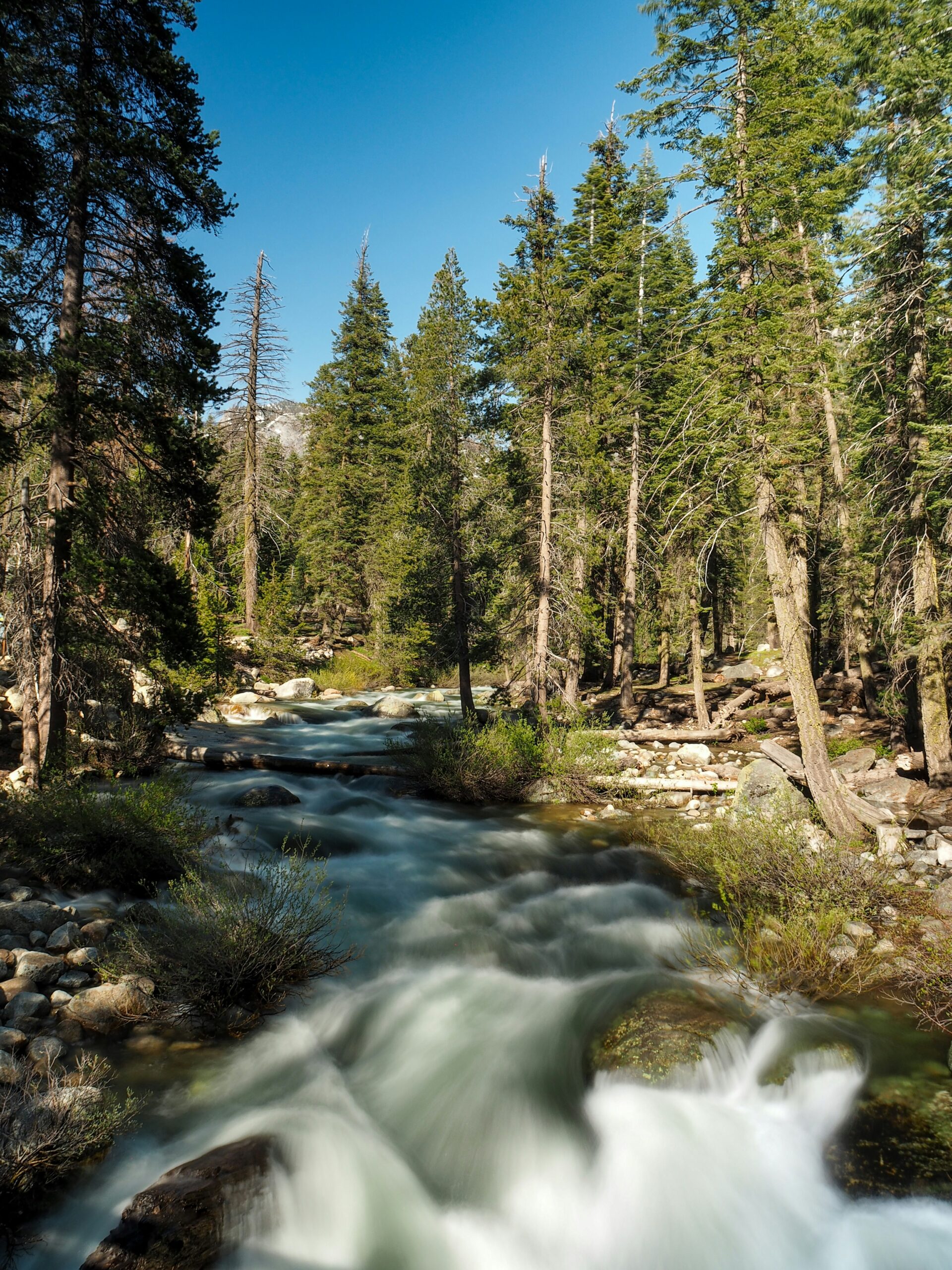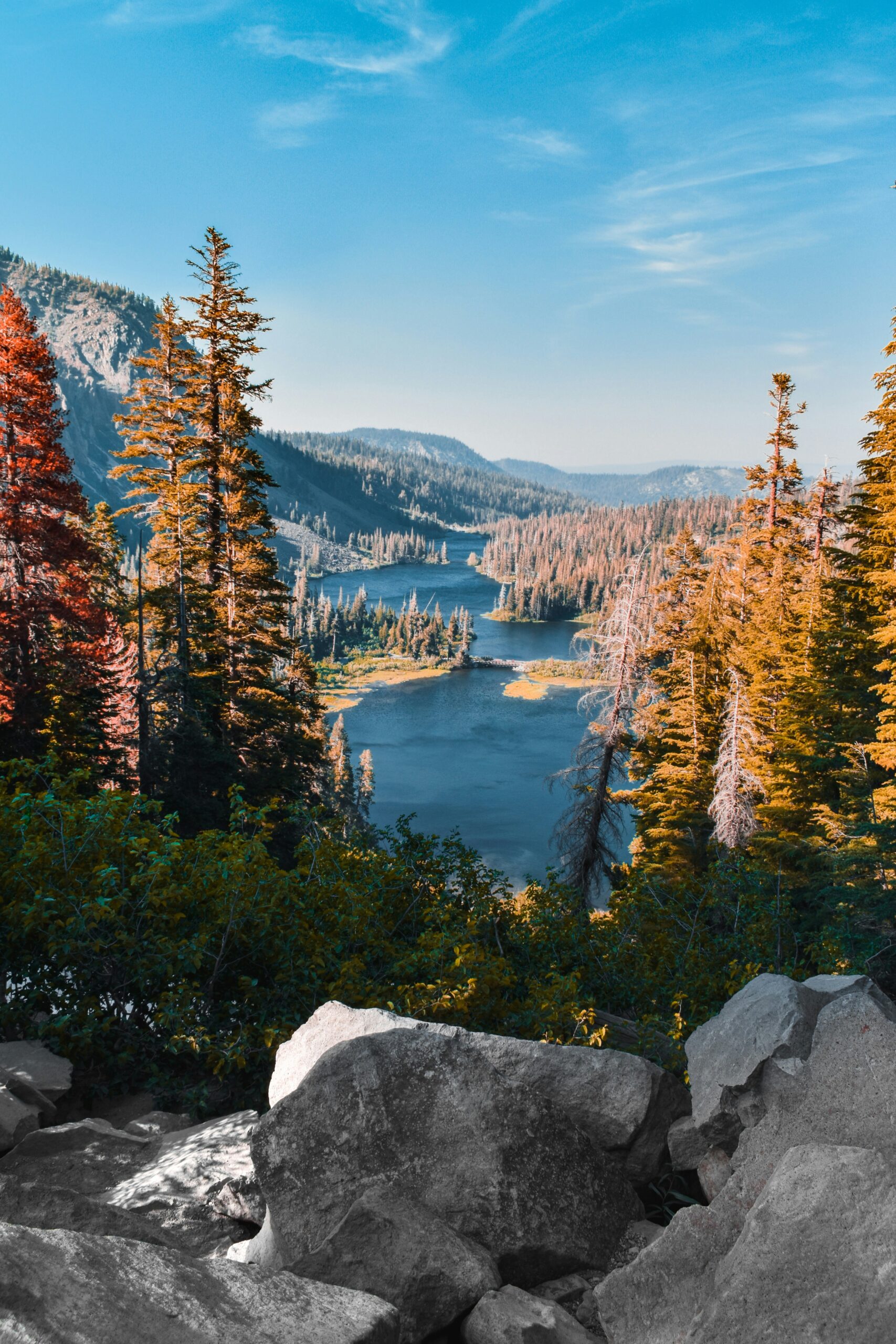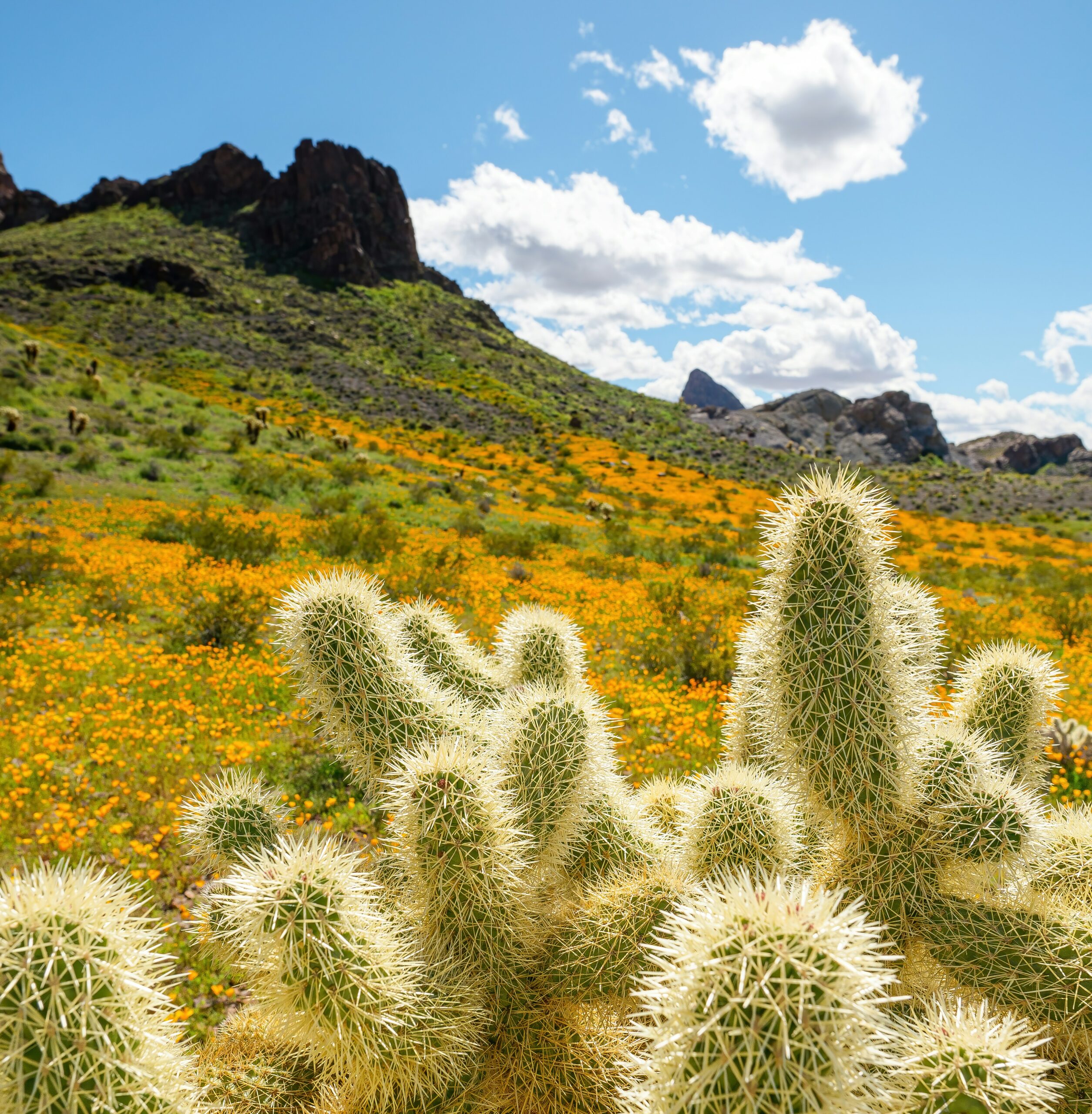Highway 395 Road Trip: Exploring California’s Best Hidden Gems
Highway 395 is a scenic corridor that runs through California’s Eastern Sierra, offering travelers a chance to experience a unique blend of rugged mountains, high desert, and striking geological features. A road trip along Highway 395 showcases some of the state’s most famous natural wonders, historic sites, and outdoor activities, making it an exceptional destination for anyone interested in California’s diverse landscapes.

From ancient tufa towers rising out of Mono Lake to the ghost towns and old mining camps that dot the route, the drive introduces visitors to lesser-known parts of the state. Along the way, visitors can find opportunities to hike, photograph, and explore destinations that are often overshadowed by California’s more famous tourist spots.
Whether travelers are seeking dramatic mountain views, crystal-clear alpine lakes, or fascinating historical landmarks, a Highway 395 road trip through the Eastern Sierra delivers memorable stops at every turn. For those looking to plan an adventure across this remarkable region, numerous guides are available to help maximize the experience.
Highway 395 Road Trip: Exploring California’s Best Hidden Gems
Planning Your Highway 395 Road Trip
A successful Highway 395 journey requires thoughtful preparation, from understanding seasonal weather to knowing where to stay along the way. Travelers benefit from selecting the optimal season, monitoring conditions, mapping out key stops, and considering camping or hotels in advance.
Best Time to Visit
The optimal months for a Highway 395 road trip are late spring through early fall. During this period, most attractions such as Mono Lake, Mammoth Lakes, and the Ancient Bristlecone Pine Forest are fully accessible. Snow can linger on higher elevations into late May or even June, but roads and trails generally open by Memorial Day.
Fall is a popular choice due to vibrant foliage, especially in areas near Bishop and the June Lake Loop. Summer attracts outdoor enthusiasts with hiking, swimming, and fishing opportunities. Winter is less ideal for casual travelers as heavy snow can close passes and limit access to some scenic drives in California, though it draws skiers to Mammoth Mountain.
Highway 395 Road Trip Itinerary
A classic Highway 395 road trip itinerary might begin in Hesperia or Victorville, heading north to Reno or Lake Tahoe. Recommended stops include Lone Pine for access to Mount Whitney, Bishop for local food and hiking, Mammoth Lakes for outdoor adventures, and Lee Vining as a base for Mono Lake and Yosemite’s east entrance.
Notable attractions include Alabama Hills, Hot Creek Geological Site, Convict Lake, and Manzanar National Historic Site. Many travelers customize their route with detours to smaller towns or unique sites like Bodie State Historic Park.
Weather and Road Conditions
Weather can be unpredictable, especially in spring and fall when conditions shift rapidly. Summer brings warm days and cool nights, but thunderstorms sometimes roll in during July and August. Winter storms may lead to chain controls or temporary closures, particularly at higher elevations.
Mobile signals are spotty in remote stretches, making it wise to carry a physical map or download offline navigation. The California Department of Transportation updates road conditions; monitoring their site before and during travel is crucial. For those planning to hike or camp, check for fire restrictions or trail closures.
Where to Stay Along the Route
Accommodations along Highway 395 range from rustic campsites and RV parks to motels, lodges, and vacation rentals. Bishop and Mammoth Lakes offer the widest selection, including hotels suited for families, solo travelers, and groups. Camping is popular near lakes and in national forests, but reservations are recommended during peak season.
Travelers seeking quieter experiences may find solitude in smaller towns like Independence or Bridgeport. Options include tent camping, glamping, and cabins.

Top Destinations on Highway 395
Travelers on Highway 395 encounter some of California’s most scenic landscapes, historic towns, and outdoor destinations. Each stop offers unique attractions, local dining, and opportunities for adventure.
Lake Tahoe and South Lake Tahoe
Lake Tahoe sits at the northern end of Highway 395 and is known for its clear blue water and surrounding Sierra Nevada peaks. South Lake Tahoe, on the lake’s southern shore, features lively restaurants, lodging, and access to world-class skiing in winter and water sports in summer.
Visitors can enjoy Emerald Bay State Park, explore the Tahoe Rim Trail, or take a boat cruise. Casinos, shopping, and live music venues line the Nevada border, providing entertainment year-round.
Lake Tahoe is also ideal for hiking, with trails that showcase breathtaking views across the lake and mountains. In fall, changing aspen trees and cooler temperatures make South Lake Tahoe especially appealing.
Mammoth Lakes and Mammoth Mountain
Mammoth Lakes is a major recreation hub along Highway 395, offering easy access to Mammoth Mountain. This area is popular for its extensive network of hiking and biking trails, fishing spots, and natural hot springs.
Mammoth Mountain, a well-known ski resort, operates year-round with gondolas, mountain biking, and scenic overlooks in summer. Visitors can explore Devils Postpile National Monument, Rainbow Falls, and numerous alpine lakes around town.
Restaurants and local breweries provide a place to relax after a day outdoors. Mammoth’s elevation and proximity to wilderness areas make it a prime base for exploring the Eastern Sierra, especially for those seeking outdoor activities and adventure.
Bishop and Surrounding Areas
The town of Bishop is a classic Highway 395 stop, famous for its outdoor opportunities and beautiful surroundings. Buttermilk Boulders draw climbers from around the world, while the Owens River and nearby lakes are popular for fishing.
Bishop’s vibrant Main Street offers bakeries, gear shops, and galleries. The city is also known for its annual events like Mule Days. Outdoor enthusiasts can easily access the Sierra’s hiking trails and high-alpine scenery from Bishop.
Fall colors brighten Bishop’s canyons, making autumn a favorite time to visit. A short drive from town, visitors can enjoy views of the Eastern Sierra and day trips into the rugged backcountry.
Lone Pine and Alabama Hills
Lone Pine lies at the base of Mount Whitney and is the gateway to the dramatic Alabama Hills. The unique rock formations of Alabama Hills have featured in many films, and visitors come for photography, hiking, and the famous Mobius Arch.
A drive up Whitney Portal Road leads to the trailhead for Mount Whitney, the highest peak in the contiguous US. The Museum of Western Film History showcases Hollywood’s connection to the region.
Alabama Hills Cafe is a favorite local spot for breakfast or lunch before exploring the wild landscape. These striking hills offer breathtaking views of both the Sierra and Inyo Mountains, making Lone Pine a must-see on any Highway 395 road trip.

Natural Wonders and Scenic Stops
The stretch of Highway 395 along the eastern Sierra Nevada delivers alpine lakes, ancient forests, and some of the most intriguing geology in California. Crystal-clear waters, mountains, and rare landscapes make this area a standout for nature enthusiasts.
Mono Lake and South Tufa Area
Mono Lake is an ancient, saline body of water known for its bizarre limestone formations called tufa towers. These towers, formed by the interaction of underwater springs and lake minerals, rise out of the water in clusters, creating a distinct, almost otherworldly landscape. The South Tufa Area features the largest and most accessible collection of these formations, with an easy walking trail through the heart of the tufa forest.
Visitors often arrive at sunrise or sunset to see the tufa towers set against the dramatic backdrop of the Sierra Nevada mountains. Local birdlife, especially California gulls and migrating waterfowl, adds to the area’s appeal. A visit here offers striking photo opportunities and a closer look at the unique hydrology of the eastern Sierra region.
June Lake and June Lake Loop
The June Lake Loop is a scenic drive off Highway 395 featuring a chain of deep, clear alpine lakes ringed by dramatic mountain peaks. This 16-mile loop includes June Lake, Gull Lake, Silver Lake, and Grant Lake. Each lake is accessible for fishing, kayaking, and swimming, making the loop popular with outdoor enthusiasts.
June Lake itself is known for its clear blue water and sandy beach. In fall, the aspen trees around the loop display vibrant colors, drawing photographers and leaf-peepers. Pullouts and picnic areas dot the route, offering panoramic views of the eastern Sierra Nevada mountains and convenient spots to stop. The June Lake Loop is also home to small resorts, restaurants, and campgrounds for those who want to extend their stay.
Convict Lake and Mammoth Lakes Basin
Convict Lake sits at the foot of towering granite mountains and is recognized for its unusually clear, aqua-blue waters. This glacially-carved lake is bordered by steep cliffs, with the Sierra Nevada reflected in its surface. The 2.5-mile trail around the lake is renowned for wildflowers in spring and golden foliage in fall.
North of Convict Lake lies the Mammoth Lakes Basin, a high-altitude area filled with lakes such as Lake Mary, Lake George, Lake Mamie, Horseshoe Lake, and Twin Lakes. Accessed from the town of Mammoth Lakes, this basin is a hub for boating, hiking, and fishing. Each lake offers its own character and spectacular setting beneath pine-forested slopes. Amenities like parking, marinas, and trails make it an easy destination for day visitors or longer stays.
Ancient Bristlecone Pine Forest
The Ancient Bristlecone Pine Forest, set in the White Mountains east of Highway 395, is home to the oldest living trees on earth. Some bristlecone pines here are more than 4,000 years old. The Methuselah Trail, a 4.5-mile loop, leads visitors through groves of these twisted, gnarled trees, with panoramic views of the Owens Valley and the distant Sierra Nevada mountains.
Elevations exceed 10,000 feet, with thin air and windswept terrain. The Visitor Center at Schulman Grove provides information on the ecology and age of these remarkable trees. Interpretive signs describe how they have survived in rocky, harsh soil.

Historic Sites and Ghost Towns
Historic sites and ghost towns along Highway 395 offer a glimpse into California’s complex history. Visitors can see preserved gold rush towns, learn about forced relocation during World War II, and discover unique geological formations.
Manzanar National Historic Site
Manzanar National Historic Site stands as a reminder of the internment of over 10,000 Japanese Americans during World War II. The former relocation center, located between the towns of Lone Pine and Independence, includes restored barracks, a rebuilt mess hall, a guard tower, and interpretive exhibits.
Visitors can explore the museum, which shares stories through photographs, personal artifacts, and oral histories. Walking tours are available, guiding guests through the grounds, gardens, and reconstructed buildings. The surrounding views of the Sierra Nevada and Owens Valley provide a stark contrast to the site’s somber history.
Interpretive signage and displays make the site especially meaningful. Educational resources and ranger-led programs are frequently scheduled to help visitors understand the national significance of Manzanar.
Bodie State Historic Park
Bodie State Historic Park is one of California’s best-preserved ghost towns. Located 13 miles east of Highway 395, just south of Bridgeport, Bodie was once a booming gold mining town with around 10,000 residents in the late 1800s.
Today, nearly 200 buildings stand in what is called “arrested decay,” meaning they are maintained but not restored. Visitors can wander through deserted streets, peek into homes and businesses, and imagine daily life in a true Wild West setting. The park offers self-guided walking tours, and guides are often available for questions about the miners, shopkeepers, and families who once lived here.
Photography is popular, especially at the old church, schoolhouse, and jail. To learn more and plan a visit, see details about Bodie State Historic Park.
Fossil Falls and Red Rock Canyon
Fossil Falls, situated near Little Lake off Highway 395, is known for its striking volcanic rock formations shaped by melted glaciers and ancient rivers. Trails guide visitors around smooth basalt, deep chasms, and petroglyphs etched by early Native Americans.
Nearby, Red Rock Canyon State Park features dramatic red cliffs, vivid rock layers, and unique desert landscapes. The geology highlights millions of years of sedimentary layering, making the park popular with hikers, photographers, and geology enthusiasts.
Both sites offer day-use areas, interpretive panels, and shaded picnic spots. Fossil Falls is less developed and feels remote, while Red Rock Canyon is a fully managed state park with camping and marked trails. These natural sites sit near historical trails used by Indigenous peoples, explorers, and miners traveling the Owens Valley.

Outdoor Recreation and Adventure
Highway 395 is filled with opportunities for hiking, biking, and breathtaking photography. The region features pristine forests, diverse wildlife, and locations well known for camping, hot springs, and outdoor adventure.
Hiking and Nature Trails
The eastern Sierra corridor along Highway 395 offers a mix of day hikes and backcountry routes through national forests and alpine landscapes. Popular trails near Mammoth Lakes and Bishop provide access to mountain scenery, waterfalls, and, in spring and summer, vivid displays of wildflowers. Lake Sabrina, Convict Lake, and the Ancient Bristlecone Pine Forest offer well-marked trails suited for various skill levels.
Hikers can explore trails ranging from short nature walks to multi-day backpacking trips in Inyo National Forest. The area is also home to destinations like Hot Creek Geological Site, which showcases natural hot springs and unique geothermal formations. Trail conditions and access vary with the seasons, so visitors should check local regulations and weather before heading out.
Camping and Biking Opportunities
Camping is widely available along Highway 395, both in established campgrounds and dispersed sites within the national forests. Many sites feature amenities such as tables, fire rings, and easy access to lakes and rivers. For those who prefer more solitude, dispersed camping spots are found further from the main road, providing a closer connection to nature.
Biking routes range from paved scenic byways to challenging mountain trails. The Mammoth Lakes Basin is well-known for its cycling paths, while Owens River and the Alabama Hills attract both mountain and road bikers. Water sports, including kayaking and fishing, are popular at local lakes and streams. Recreational opportunities are abundant and accessible for all levels of outdoor enthusiasts.
Photography and Wildlife Watching
Photographers and nature lovers can find spectacular vantage points along the entire highway. The area offers landscapes featuring rugged peaks, reflective alpine lakes, and colorful wildflower fields in late spring and early summer. Early mornings and sunsets provide the best light for capturing the Eastern Sierra’s dramatic scenery.
Wildlife watchers can spot mule deer, bald eagles, and wild horses in the region. Hot spots like Travertine Hot Springs and Mono Lake are especially known for birdwatching, especially during the migration seasons. National forests create a vital habitat for a wide variety of species, rewarding patient observers with memorable sightings.

Extending Your Journey: Nearby Parks and Cities
Highway 395 offers travelers access to diverse national parks, geological wonders, and a mix of charming towns and larger city destinations. From rugged volcanic peaks to the lowest point in North America, this route embraces distinct landscapes and cultures.
Yosemite National Park and Tioga Pass
Yosemite National Park is one of the most iconic destinations accessible from Highway 395. The park is best reached via the eastern entrance at Tioga Pass, usually open from late spring through early fall, depending on snow.
Tioga Pass provides direct access to Tuolumne Meadows, famous for its wildflowers, granite domes, and high-elevation lakes. Visitors can explore trails leading to Glen Aulin, Cathedral Lakes, and other alpine highlights. Driving through the pass offers sweeping views and several scenic pullouts.
Yosemite Valley and its famous waterfalls can be reached by continuing west, but keep in mind the eastern entry is not open year-round.
Death Valley National Park and Badwater Basin
Death Valley National Park sits to the east of Highway 395 and is renowned for its extreme landscapes. Badwater Basin stands out as the lowest point in North America at 282 feet below sea level.
The best access from 395 is through towns like Lone Pine or Olancha. A visit to Death Valley can include stops at Dante’s View, Zabriskie Point, and Artists Palette. In summer, prepare for high heat and limited services.
Travelers can experience the contrasting scenery of canyons, salt flats, and desert mountains.
Lassen Volcanic National Park
Lassen Volcanic National Park lies north of Highway 395 after re-entering California from Nevada. The park features evidence of recent volcanic activity including boiling springs, fumaroles, and the prominent Lassen Peak.
Popular highlights:
| Attraction | Features |
|---|---|
| Bumpass Hell | Hydrothermal area, boardwalks |
| Lassen Peak Trail | Challenging summit hike |
| Lake Helen | Alpine lake, picnic spot |
Visitors should plan for at least a full day to explore the unique hydrothermal features and hiking trails. Camping is available in and near the park for those wanting to linger.
Exploring Major Cities and the High Desert
Highway 395 connects several major cities and high desert communities. Reno, the “Biggest Little City in the World,” is the largest urban center on this route and serves as a gateway to Nevada, Oregon, and beyond. Reno offers casinos, museums, and a lively downtown.
On the southern end, travelers pass through Hesperia and may continue toward Los Angeles. Along the highway are towns like Inyokern and Walker, offering local dining, supplies, and small-town charm.
The high desert sections of 395 provide opportunities to see sweeping arid landscapes, wind-carved canyons, and unique flora. Regions between the Mojave and Sierra Nevada ranges showcase the diverse environment travelers encounter from southern to northern California on this scenic 395 route.

